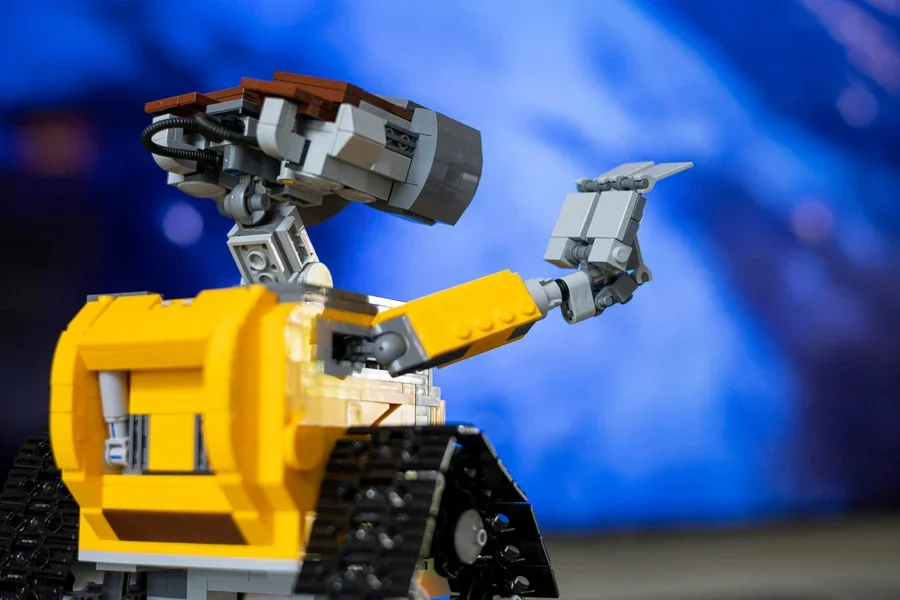According to IMARC Group, the global smart robot market reached $12.4 billion in 2023, and is projected to grow to $47.7 billion by 2032, at a compound annual growth rate (CAGR) of 15.6%. This growth is primarily driven by advances in artificial intelligence (AI) and machine learning (ML), enabling robots to autonomously perform complex tasks across a variety of industries. North America leads this market, with a global share of around 35%, and high investments in automation are contributing to adoption rates in sectors such as manufacturing, logistics, and healthcare, where precision and efficiency are critical.
Demand for service robots is growing rapidly in healthcare, hospitality, and retail, and the service sector could account for nearly 25% of the market by 2030. According to IDC, key sectors are facing rising labor costs and labor shortages, especially in the Asia-Pacific region, where the automation sector grew by nearly 20% last year. Although high initial costs and integration challenges remain barriers, by 2025, 40% of major manufacturers are expected to connect at least 30% of their robots to a cloud platform, enabling data-driven, adaptive robotic solutions worldwide.

Things to consider when choosing a smart robot
When choosing a smart robot, it is important to ensure that the model chosen matches the specific application requirements that are in line with the needs of the environment, whether it is for assembly, logistics, healthcare or customer service roles. For example, robots for manufacturing require precise assembly capabilities, while logistics settings benefit from robots capable of efficient sorting and mobility. According to the IMARC Group, assembling and disassembling tasks are prominent in industrial robotics due to the precision required, making these tasks critical in the manufacturing and electronics sectors. Additionally, smart robots for customer service in the retail or healthcare sectors are increasingly equipped with advanced sensing technology to enhance interaction quality and service accuracy.



